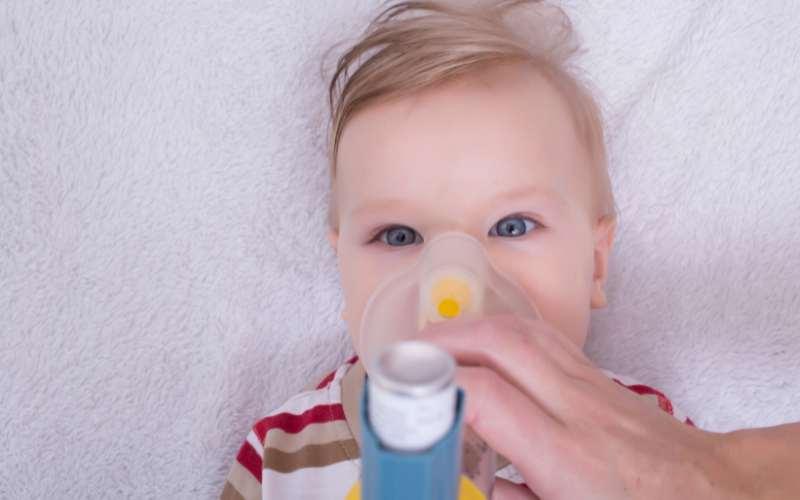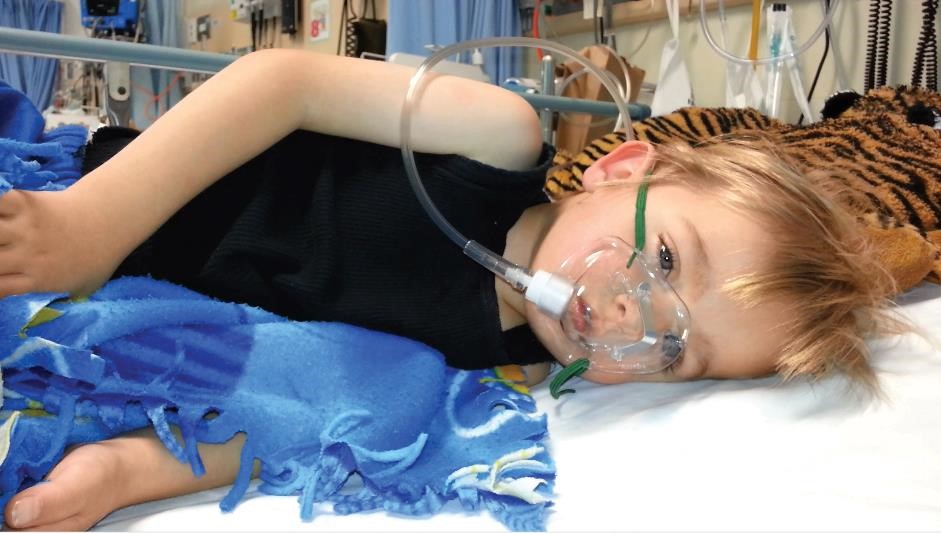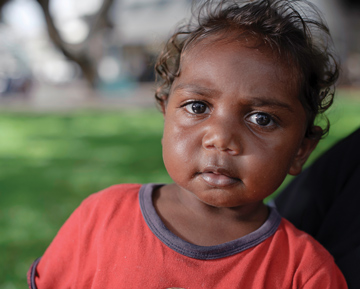Search
Showing results for "early lung health"

News & Events
Unravelling the mystery of persistent wheeze in children: Study reveals crucial immune cell differencesThe study found the rare immune cells, known as plasmacytoid dendritic cells, showed clear signs of activation and virus defence in children with transient wheeze, whereas in children with persistent wheeze the same immune cells showed very limited activation without any signs of virus defence.

News & Events
WA researchers lead global centre to eliminate childhood asthmaAn ambitious project that could stop children developing asthma is the centrepiece of a new world-class respiratory research centre launched in Perth.
Research
Rebooting the anal sphincter: A retrospective cohort of children with intractable constipation receiving intrasphincteric botox injectionsChronic childhood constipation is a common problem that severely impacts quality of life. Recently, the efficacy of intrasphincteric botulinum toxin (botox) injection in breaking the cycle of constipation has been demonstrated. The current study aims to investigate response rate to treatment, symptom and examination finding associations, and identify associations between patient characteristics and outcome.
Research
Feasibility of the pre-operative measurement of fractional exhaled nitric oxide and respiratory mechanics to predict respiratory outcomes in children undergoing general anaesthesiaPeri-operative respiratory adverse events remain a major cause of morbidity and mortality in children undergoing general anaesthesia; those with asthma are at higher risk. The aim of this feasibility study was to determine whether pre-operative measurements of fractional exhaled nitric oxide and the forced oscillation technique are feasible in children, and to explore whether these measurements can predict peri-operative respiratory adverse events.
Research
A qualitative exploration of the phenomenology of pain in children to inform pain assessment methodsPain is a common experience associated with healthcare for children, who often recall it as the worst part of hospitalisation. Several factors make assessment of pain more challenging in children. Families have previously identified the development of improved tools to assess pain in children as a key priority. We therefore sough to investigate the nature of this experience from the perspective of children and their parents to inform the development of such tools.
Research
An observational study of hypoactive delirium in the post-anesthesia recovery unit of a pediatric hospitalHypoactive delirium is present when an awake child is unaware of his or her surroundings, is unable to focus attention, and appears quiet and withdrawn. This condition has been well-described in the intensive care setting but has not been extensively studied in the immediate post-anesthetic period. The aim was to determine if hypoactive emergence delirium occurs in the recovery unit of a pediatric hospital, and if so, what proportion of emergence delirium is hypoactive in nature.
Research
Vitamin D in fetal development: Findings from a birth cohort studyBirth cohort studies provide an invaluable resource for studies of the influence of the fetal environment on health in later life.

News & Events
The Kids Kimberley: Researchers and communities working togetherIn 2016, with enabling donations from Denby Roberts, Stan Perron, Wesfarmers and Centurion, the Institute established a permanent presence in the Kimberley.
Research
PCV10 elicits Protein D IgG responses in Papua New Guinean children but has no impact on NTHi carriage in the first two years of lifeNasopharyngeal colonisation with nontypeable Haemophilus influenzae (NTHi) is associated with development of infections including pneumonia and otitis media. The 10-valent pneumococcal conjugate vaccine (PCV10) uses NTHi Protein D (PD) as a carrier. Papua New Guinean children have exceptionally early and dense NTHi carriage, and high rates of NTHi-associated disease.
Research
Quantitative electroencephalogram and machine learning to predict expired sevoflurane concentration in infantsProcessed electroencephalography (EEG) indices used to guide anesthetic dosing in adults are not validated in young infants. Raw EEG can be processed mathematically, yielding quantitative EEG parameters (qEEG). We hypothesized that machine learning combined with qEEG can accurately classify expired sevoflurane concentrations in young infants. Knowledge from this may contribute to development of future infant-specific EEG algorithms.
